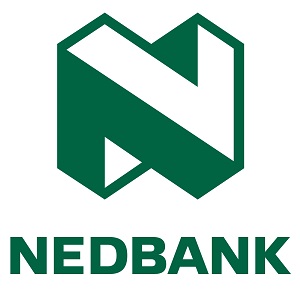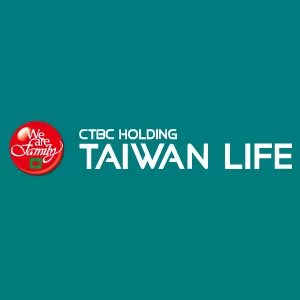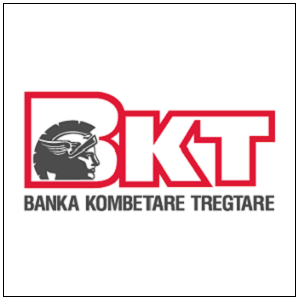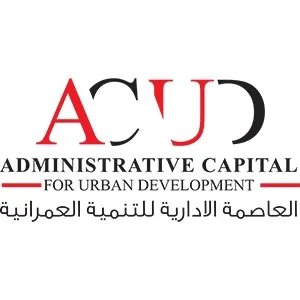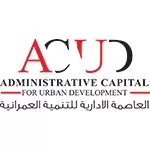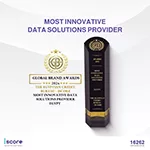Finance
Marko Glisic Reveals 5 Components in Internal Audits Worth $2M in Savings

A single misaligned inventory count triggered a cascade of compliance failures that cost a California cannabis company $872,640 annually in unaccounted discrepancies. When Marko Glisic, CPA and Partner at GreenGrowth CPAs, implemented his specialized internal audit framework, the company eliminated these losses entirely within six months. The systematic approach has collectively saved startups over $2 million in compliance costs across multiple organizations.
According to recent compliance statistics, non-compliance costs businesses an average of $4,005,116 in revenue losses, while maintaining compliance costs less than half that amount. For resource-constrained startups navigating complex regulatory environments, efficient compliance systems often determine the difference between survival and failure.
From Big Four Excellence to Startup Innovation
Marko Glisic spent eight years at Deloitte & Touche LLP, rising to Senior Manager, where he directed audits for multi-billion dollar enterprises, including a major food company’s $4 billion revenue audit with teams spanning Costa Rica, Germany, and Thailand. The entrepreneur’s professional journey from Big Four accounting to cannabis industry leadership demonstrates expertise in managing 12,000-hour annual audit budgets and scalable control systems.
“When I was at Deloitte, I realized the importance of building systems and structures and good processes,” Glisic explains. “That’s something with GreenGrowth we started early on – really to build that strong foundation and then off of that continue growing and expanding.”
The transition from Fortune 500 audits to startup compliance revealed a critical gap. While large corporations possessed robust frameworks backed by substantial resources, startups struggled with expensive, inefficient compliance processes. Research from Globalscape and the Ponemon Institute identified that regular compliance audits saved businesses $2.86 million on average, while centralized data governance programs saved $3.01 million.
The Five Framework Components
The internal audit framework diverges from traditional approaches through its emphasis on preventive controls rather than reactive measures. Five interconnected components address the unique challenges startups face:
1. Cash Control Architecture
The cannabis industry’s cash-based operations provided the ultimate testing ground for robust financial controls. “We set up a process for filing Form 8300 for $10,000 in cash taken in, thus reducing the risk of penalties that can add up to $3,000,000,” Glisic notes. The proactive approach transforms potential liabilities into systematic processes.
2. Inventory Management Systems
One client faced $872,640 in annual unaccounted inventory discrepancies before implementation. “We set up controls around inventory purchasing, intake/receiving, cycle counts, and sales, resulting in no inventory discrepancies,” Glisic explains. The framework includes three-way matching for purchases, regular cycle counts, and automated variance reporting.
3. Documentation Standardization
The framework provides startups with pre-built templates covering everything from fixed asset rollforward schedules to equity tracking systems. These templates, distributed freely to hundreds of founders, eliminate expensive consultants during early growth stages while reducing audit preparation time by up to 70%.
4. Risk-Based Internal Audit Approach
The methodology prioritizes audit efforts based on quantified risk assessments, focusing on intensive reviews on areas with the highest potential for material misstatements. Modern compliance automation software continuously monitors tech stacks for nonconformities, ensuring organizations never fall out of compliance.
5. Continuous Monitoring Protocols
Rather than relying on annual audits, the framework implements ongoing monitoring systems that flag anomalies in real-time. Traditional annual reviews fail to keep pace with operational changes at rapidly scaling startups, making continuous auditing particularly valuable.
Real-World Impact
The framework’s effectiveness becomes clear through specific implementations. A vertically integrated cannabis operator leveraged the audit systems to grow from $4 million in revenue with negative EBITDA to $50 million in revenue with 25% EBITDA margins, culminating in a successful $60 million exit.
Another implementation resolved $1,148,320 in cash discrepancies at a California dispensary through systematic control implementation. “We identified $1,250,000 in add-backs to EBITDA, which at a 5x multiple resulted in $6,250,000 in added value,” Glisic reports from another engagement.
Cost Savings Through Preventive Compliance
The financial services industry faces average compliance expenses reaching $30.9 million annually. While startups operate at smaller scales, the proportional burden often proves even more challenging given limited resources. Cannabis businesses face unique valuation challenges that make efficient compliance frameworks particularly valuable.
The framework generates savings through three primary mechanisms:
Prevention of Costly Compliance Failures Business disruption constitutes the most costly consequence of non-compliance, with businesses losing $5,107,206 on average. Implementing robust controls from inception helps startups avoid these catastrophic losses.
Reduction of Ongoing Compliance Costs SOC 2 compliance requires organizations to have internal audit teams conducting regular audits. The templates and automated monitoring tools minimize personnel requirements for maintaining compliance through automation and standardization.
Optimization for External Audits Companies implementing the full framework typically reduce external audit fees by 30-40% due to superior documentation and control evidence, positioning startups advantageously for both audits and investor due diligence.
Adapting Enterprise Controls for Startups
The framework addresses a fundamental challenge: translating enterprise-level control concepts into startup-appropriate implementations. Fortune 500 companies typically deploy extensive internal audit teams, but startups require lightweight yet effective alternatives.
“You have to build your business as a business, not as a job,” Glisic states. This principle shapes the framework’s design, enabling founders to implement institutional-quality controls without institutional overhead. The ongoing cannabis rescheduling discussion illustrates how regulatory changes create both opportunities and compliance challenges.
The Future of Compliance
Artificial intelligence will fundamentally transform compliance environments, according to Glisic. The team at GreenGrowth CPAs actively develops AI-powered solutions that could reduce documentation requirements by 80% while improving accuracy.
“With AI, we’ll largely be able to automate a lot of the documentation,” he predicts. “That means that now people can spend more time talking to the client, working through it.” His detailed explanations of cannabis tax strategies showcase the complexity that automation could help simplify.
Recent regulatory changes, including the 2024 single audit threshold increase from $750,000 to $1,000,000, provide relief for smaller organizations while emphasizing cybersecurity requirements. These new standards make adaptable frameworks increasingly valuable.
Implementation Roadmap
Startups seeking to implement the framework should follow a phased approach:
- Phase One: Establish basic cash controls and documentation standards (30 days)
- Phase Two: Implement inventory management systems and risk assessment protocols (30-45 days)
- Phase Three: Introduce continuous monitoring and advanced analytics (30-45 days)
The framework scales with organizational growth, eliminating costly system replacements as companies expand. Banking challenges for cannabis businesses make robust financial controls even more critical for industry participants.
Operational Excellence
The internal audit framework developed by Marko Glisic transforms regulatory requirements into operational excellence. The implementation of enterprise-proven concepts through startup-friendly mechanisms has saved organizations millions while positioning them for sustainable growth. His professional background demonstrates the combination of Big Four expertise and entrepreneurial insight necessary for developing such innovative solutions.
For startups navigating complex regulatory environments, the choice between reactive compliance and proactive control implementation often determines long-term viability. The documented results show that structured frameworks prevent losses while creating measurable enterprise value. Companies currently spend the most on specialized technology for compliance, with incident response and audits coming in second and third. The preventive approach outlined in this framework offers a compelling alternative to expensive reactive measures.
The $2 million in collective savings marks just the beginning. More startups are adopting systematic approaches to compliance, eliminating the traditional trade-off between growth and control. Recent discussions about audit fundamentals reflect growing industry awareness of these principles. Instead, robust internal frameworks become the foundation for scalable, fundable, and ultimately successful ventures.




















